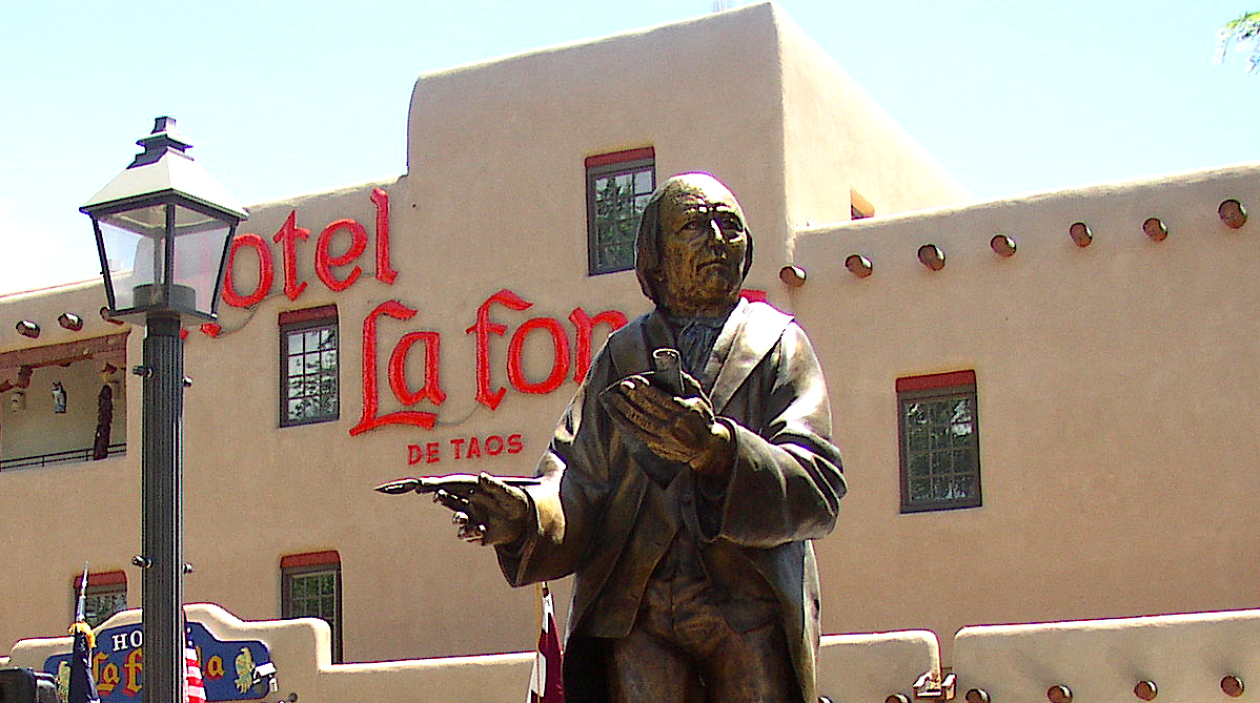Fr.
Juan Romero
Today—October 21, 2012—ten
days after the Golden Jubilee of the Second Vatican Council and the opening of
the Year of Faith, Kateri Tekakwitha was
officially canonized a saint. Together
with her, Pope Benedict XVI also declared six others saints. I was privileged
to be among a crushing throng of thousands in front of St. Peter’s Basilica.
Saint Kateri, “Lily of the
Mohawks,” was born of an Algonquin mother and Mohawk chief in what is today
upstate New York near the Canadian border.
She is the first native American to be canonized. Both of her parents died by the time she was
four, and Kateri died from smallpox in 1680 at the young age of 24.
I learned today from an
eastcoaster that her name is properly pronouced KATeri. His companion commented it was a case of potaaato/potahto. From a NY Times article, I also learned that
Tekakwitha was a nick-name given her after she became partially blind from
smallpox. It means “She who bumps into
things.”
It is not a stretch to connect
St. Kateri to New Mexico. My affection
for her is related to my roots there, and my love for the Taos Pueblo and its
people. Corina Santistevan, New Mexican
historian and preservationist, as well as one of my special mentors, has
greatly promoted devotion to Kateri in the north (of NM) where love for the new
saint has increased in recent years.
Kateri’s canonization comes toward the end of this year that began on
January 6 with the centennial celebration of New Mexico as a State of the Union. It had been a Territory of the United States
since its military occupation in 1846.
It seems super-ironic to me
that St. Kateri Tekakwitha died in 1680, the same year in which took place the
only successful rebellion of Native Americans against Europeans, Spanish
settlers. Popé, a talented shaman, linguist and warrior from Ohkay Owingeh
Pueblo, coordinated the uprising beginning in Taos. Spanish colonists in 1598 had
named the Pueblo San Juan, and Popé is clearly to be distinguished from “the
pope.” The settlers were driven south
toward the El Paso area and beyond, but returned thirteen years later, somewhat
chastened and having learned to live in peace with the original
inhabitants. May Kateri intercede today for
all peoples to live toether in peace in spite of cultural and religious
differences.
I see Kaeri as a “suffering
servant type,” and a figure of reconciliation.
She died of a disease unknown to Indians before the coming of the White
man, and in that sense—although herself innocent—took our burdens upon
herself.
I also see her as a liminal
person, one of the saints of the American continent who unites people across
borders. Her mother introduced her to
her Catholic faith. Faithful to it, she studied it as a young woman and was
baptized at eighteen. Ridicued for her
fatih, she moved to Canada where Catholics claim her as their own, as well as
people of the entire American continent including the United States, Central
and South America. After more than five
centuries of evangelization in the new world of America, and four centuries
after her death, she is the first “Native American” to finally be canonized.
Today I salute the people of
the Agua Caliente Band of Cahuilla Indians with whom I have been privileged to
work. The Parish of Our Lady of Guadalupe in Palm Springs this last December celbrated
the centennial Cahuilla Indians donated land to the Catholic Church through the
Bishop of San Diego.
As we begin this Year of
Faith, fifty years after the Second Vatican Council was inaugurated, may Saint
Kateri Tekakwitha help us to grow in our Catholic faith and to be conscious
agents of the “new evangelization.”
